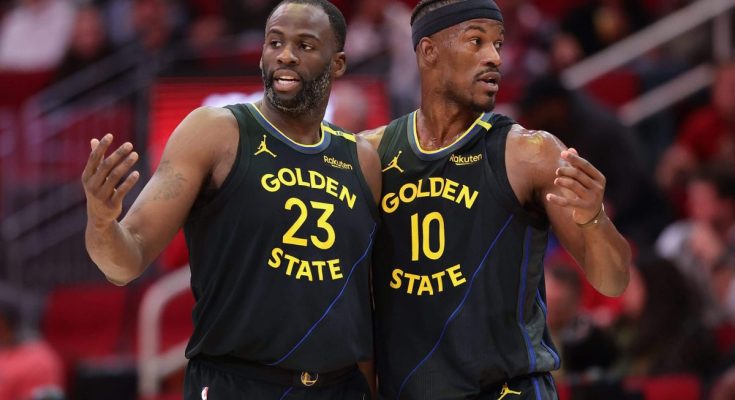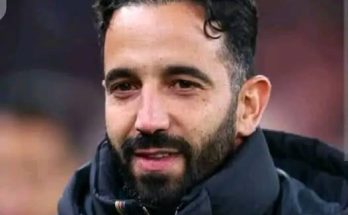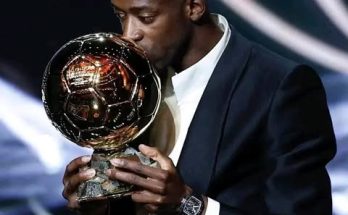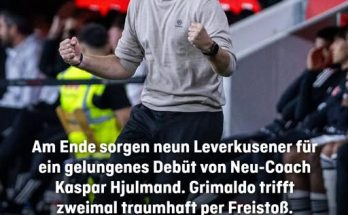The Golden State Warriors, a dynasty that once seemed unassailable, are at a crossroads. The familiar core of Stephen Curry, Klay Thompson, and Draymond Green has seen its share of championship glory, but the sands of time are shifting, and the competition has grown fiercer than ever. The recent blockbuster trade for Jimmy Butler was a clear signal of the franchise’s intent to revitalize its championship aspirations.1 Yet, the future of this new-look Warriors team, and perhaps the final chapter of its dynasty, seems to be hanging on a single, fragile thread: the relationship between two of the NBA’s most famously fiery and polarizing personalities, Draymond Green and Jimmy Butler.
The acquisition of Butler from the Miami Heat was a high-stakes gamble. On paper, the fit was intriguing. Butler is a proven winner, a tireless competitor with a knack for elevating his teams in the biggest moments.2 His playoff resume, including multiple deep runs and an NBA Finals appearance, speaks for itself. He brings a level of grit, tenacity, and clutch-time playmaking that the Warriors, in their later years, have sometimes lacked. However, the potential for friction was impossible to ignore. Both Butler and Green are renowned for their intense, no-holds-barred approach to the game. They are leaders who demand perfection from their teammates and are not afraid to call out mistakes, often with a level of ferocity that has, at times, caused locker-room tension.
Early reports of a brief altercation between the two following Butler’s arrival fueled the fire of critics who predicted a disastrous clash of egos. The media and fans alike speculated on how two alpha personalities, both known for their emotional outbursts and unfiltered communication, could possibly coexist, let alone thrive, on the same team. The prevailing narrative was that this was a recipe for a locker-room implosion, a last-ditch effort that would ultimately tear the Warriors apart.
But what has unfolded since has been a surprising and fascinating study in mutual respect and shared purpose. Instead of clashing, Butler and Green have forged a bond built on the very qualities that outsiders feared would drive them apart. They are, as Butler himself so colorfully put it, “two winners that would do anything to win.” This shared, single-minded focus on winning, and winning a championship at that, has proven to be the glue holding them together.
In a recent and revealing interview, Butler offered a unique and insightful analogy that has captured the imagination of the NBA world. He described the Warriors’ core in terms of the Batman universe, a comparison that speaks volumes about his understanding of the team’s intricate dynamics.3 In Butler’s world, Stephen Curry is “Batman,” the undisputed superstar and face of the franchise. Butler sees himself as “Robin,” the gritty, dependable sidekick who complements the hero’s star power.4 But the most significant part of the analogy, and the one that has garnered the most attention, is his description of Draymond Green.
Butler called Green the “Batmobile.”5
This seemingly simple, playful nickname carries a profound weight. Butler’s choice of words is not a slight, but a massive endorsement. A Batmobile isn’t a flashy sidekick; it’s the indispensable vehicle that gets Batman where he needs to go. It’s versatile, protective, and ready for any challenge. “He’s the one who’s got to get us where we need to go,” Butler explained. “He does a little bit of everything… He’s rolling over protecting us.” This is not the praise of a teammate who tolerates another; it’s the profound respect of a veteran who recognizes the true value of an often-misunderstood player.
Butler’s “Batmobile” analogy is a masterful piece of psychological framing. It acknowledges Green’s multifaceted role without the need for gaudy statistics. It’s a recognition of the intangibles that have defined Green’s career: the defensive intensity, the playmaking from the high post, the fiery leadership, and the relentless desire to win. For Butler to so publicly and enthusiastically put his faith in Green’s ability to “get us where we need to go” is a powerful statement. It signals that Butler, a player who has often been a team’s primary leader, is willing to cede that particular role to Green, recognizing that Green’s voice and vision are essential to the team’s success.6
This dynamic is critical to the Warriors’ future. Curry remains the heart and soul, the offensive engine that makes everything go. Butler provides a much-needed second scoring punch and a defensive presence that can swing a playoff series. But Green is the fulcrum. He is the defensive anchor, the communication hub, and the emotional leader. When Green is at his best, the Warriors are at their best. However, Green’s recent seasons have been marked by inconsistency, both on the court and with his temperamental outbursts. His performance has, at times, been a barometer for the team’s overall success.
With Butler’s arrival, the pressure on Green has shifted. He is no longer the sole emotional leader alongside Curry. He now has a partner, a fellow “truth-teller,” in Butler. This partnership could be the key to unlocking Green’s best self. Butler’s willingness to engage in direct, unfiltered communication could be exactly what Green needs—a teammate who can meet his intensity without backing down, and who understands that the heat of the moment is just a part of the game.
The future of the Warriors, in this new reality, depends on this symbiotic relationship. For the team to succeed, the chemistry between Butler and Green must be genuine and unwavering. Butler’s public declaration of faith in Green is a huge step in that direction. It’s a signal to the rest of the locker room, and to the league, that the two fiery personalities are not in competition but in a united pursuit of a common goal.
The aging core of the Warriors, even with the addition of Butler, is on a limited timeline. The margin for error is slimmer than ever. The stakes are incredibly high. But with Jimmy Butler publicly putting his trust in Draymond Green as the team’s “Batmobile,” the path forward has been made clear. The Warriors are not just relying on their stars; they are placing their faith in the fundamental synergy of two of the game’s most intense competitors, believing that their shared desire to win will pave the road to a renewed dynasty.



